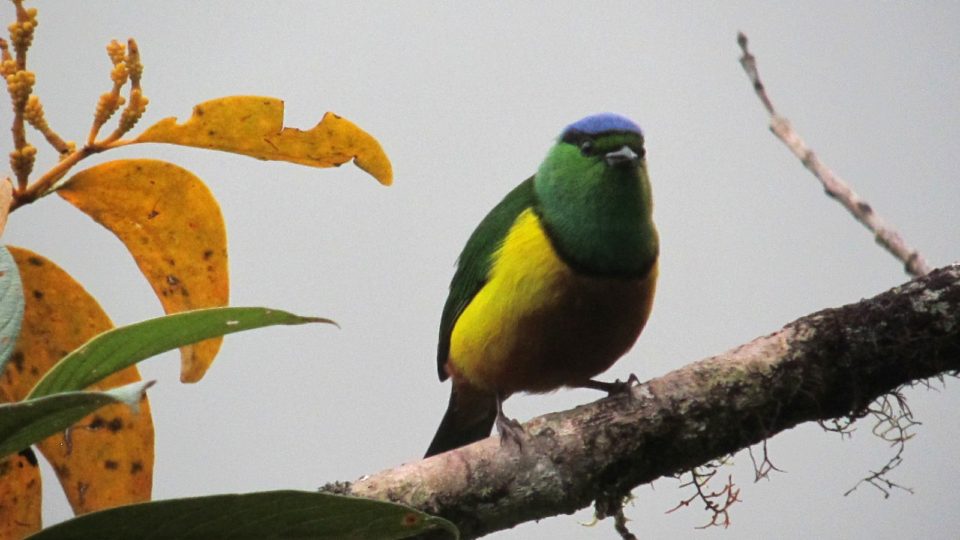Researchers are increasingly placing microphones in forests and other ecosystems to monitor birds, insects, frogs, and other animals. Advances in technology are enabling the wide-spread use of bioacoustics as an important research tool.
Studying animals in their natural habitat Is often a difficult task. For one thing, many animals are difficult to find, and the presence of humans disrupts their behavior or even drives them off. Remote cameras are useful, but cameras can only see what is in front of them and aren’t much use for detecting small animals, hidden animals, or ones high up in trees.
Biologists have long recognized the value of recording sound to identify animals and learn about their havior. Animal sounds can be as definitive a means of identification as visual images and microphones can pick up the sounds from animals located anywhere within their detection range.
The two advances in technology that are turning bioacoustics into a widely used tool are a steep drop in the price of recording equipment and the rapidly expanding capabilities of user-friendly artificial intelligence algorithms.
Autonomous environmental audio recorders tended to cost between $500 and $1000 until quite recently. Now, such equipment can be had for as little as $70.
The other big challenge is analyzing audio data. Finding specific animal sounds among hundreds of hours of recordings is an untenably tedious task. Identifying the characteristic sounds of specific species in crowded environments is a tricky business. But neural network-based artificial intelligence technology is making such big data analysis quite practical and, remarkably, it is becoming quite user-friendly.
**********
Web Links
Listening to Nature: The Emerging Field of Bioacoustics
Photo, posted January 28, 2013, courtesy of Felix Uribe via Flickr.
Earth Wise is a production of WAMC Northeast Public Radio.
